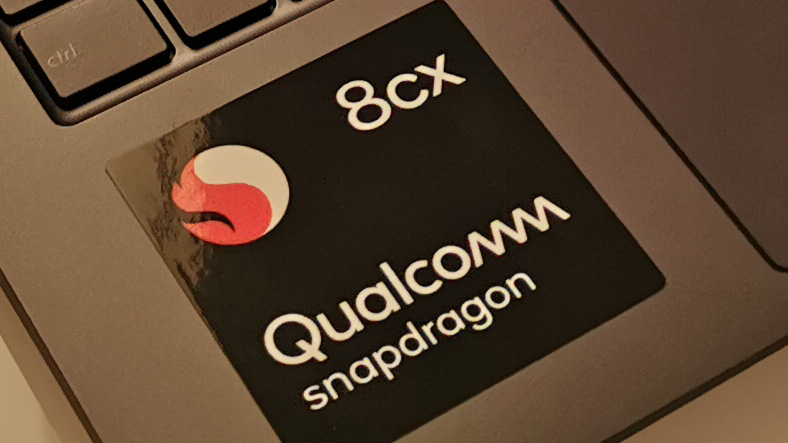Qualcomm prepares an alternative to Apple's M1 chip: ARM for everyone
Source: HW Upgrade added 20th Jan 2021
A new Qualcomm chip for Windows systems on ARM, Snapdragon SC model 8280, confirms the general interest of the sector towards solutions that are based on ARM architecture to better balance power and consumption
by Paolo Corsini published 20 January 2021 , at 10: 21 in the Processors channel
Apple MacBook Qualcomm Snapdragon Windows Intel AMD
One of the future directions in the world of mobile devices and personal computer is that of the progressive adoption of processors and SOC based on ARM architecture , such as alternative to that x 86 adopted by Intel and AMD processors. ARM is certainly not new as it is the architecture adopted by mobile devices such as tablets, smartwatches and smartphones by virtue of the balance between performance and low consumption that allows to obtain.
On the other hand, the sector is pushed to the adoption of ARM architectures also in systems that until now have seen the proliferation of processors with architecture x 86, in search of an ever-increasing energy efficiency . Quacomm started this transition with its Snapdragon family SoCs designed for Windows on Arm notebook systems, with the model Snapdragon 8cx Gen 2 as the last representative to appear on the market.
Apple has for some months put on the market the first Mac notebooks based on ARM architecture, equipped of chip M1 developed internally by the company. The behavior of these systems has surprised, thanks to the balance between speed performance and consumption, confirming how the ARM architecture can represent a valid alternative to that x 86 also in areas typically falling within the competence of the latter.
Hence the general interest of the sector and the rumors of a new specific SoC for Windows on ARM notebook systems that Qualcomm would be developing. Referred to by the name of Snapdragon SC 8280, this SoC would have dimensions greater than that of Snapdragon 8cx Gen 2 thus integrating a greater number of transistors and therefore in theory higher processing power. The rumors reported by the WinFuture website speak of two different configurations, the first combined with 8GB of LPDDR5 memory and the second with well 32 GB of LPDDR4X memory; the second would represent a doubling compared to the maximum allocation up to now combined with the Apple M1 chip contained in the new MacBooks.
It is Snapdragon SC 8280 may borrow part of its architectural features from the Snapdragon SoC 888 , proposal for top-of-the-range smartphones built with 5-nanometer production technology and announced by Qualcomm in December 2020. The integration of the 5G modem is also conceivable for this new SoC intended for notebooks, so as to offer connectivity in any condition of use while simplifying the overall structure of the products.
these are only rumors which confirm the general interest of the industry towards alternative solutions to those x 86 . For the latter, Intel and AMD are certainly not watching, continuing to develop versions in their CPU ranges capable of operating at very low consumption levels (under 7 Watts of TDP), therefore compatible with passive cooling systems and capable of to offer high operating autonomy with battery. In this direction we must highlight the Intel Lakefield proposals, based on architecture x 86 with two different types of core one with high performance and the other with lower consumption.
Shortly, during 2021, we will see at the debut the new versions of Apple M1 SoC equipped with a greater number of cores and intended for use in MacBook Pro systems higher-end: this will be a new step in Apple’s gradual abandonment of architecture x 86 for your Mac notebook and desktop systems. Without forgetting that in the past AMD has expressed its interest in developing processors with ARM architecture dedicated to datacenters , initiative which was however suspended giving internal priority to Ryzen solutions. It is not certain that AMD can also explore this strategy for its CPUs of the future, relegating x 86 to higher-end models and offering its customers a processor with ARM architecture for the most critical areas in terms of consumption and dimensions.
